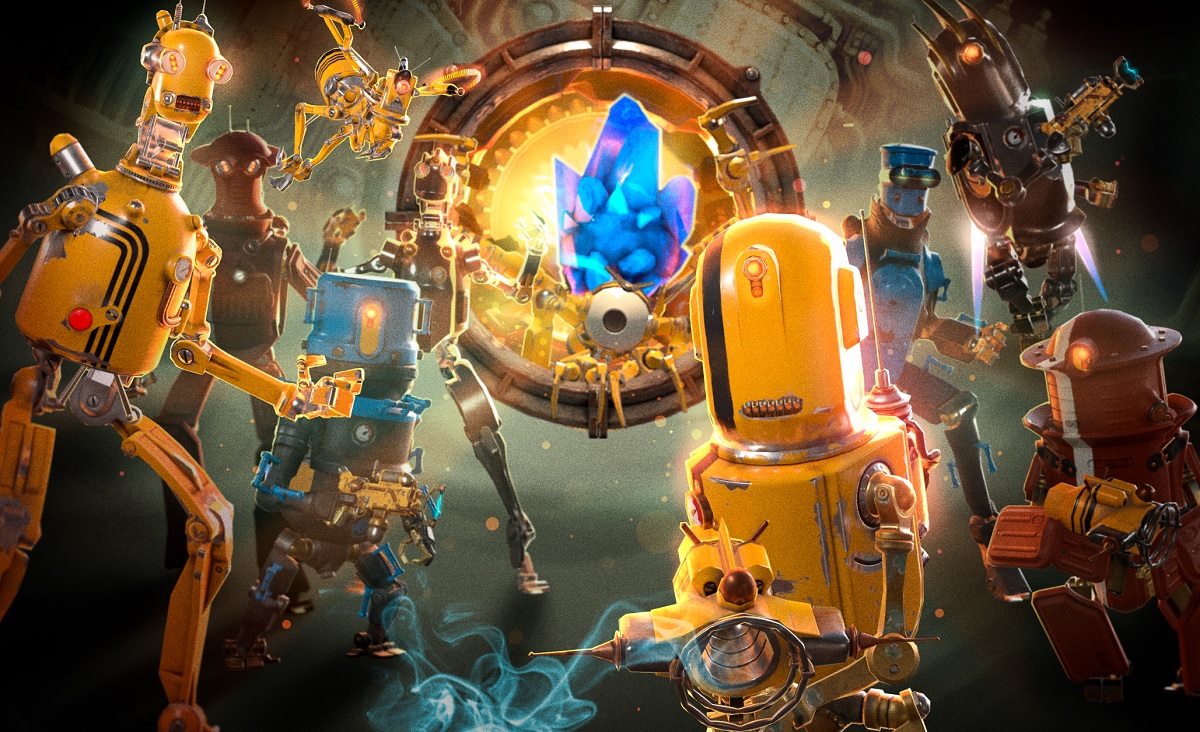Greg Broadmore had never made a video game before, but that didn’t stop him from creating a groundbreaking augmented reality game on the Magic Leap One Creator Edition. It took seven years of conception and two solid years of development with a team of 50 people, but Dr. Grordbort’s Invaders debuted last fall on the Magic Leap platform.
It turned out to be one of my favorite 10 games of 2018, but sadly, very few people have played it. That’s because the Magic Leap One Creator Edition costs $2,300.

Unlock premium content and VIP community perks with GB M A X!
Join now to enjoy our free and premium membership perks.
![]()

![]()